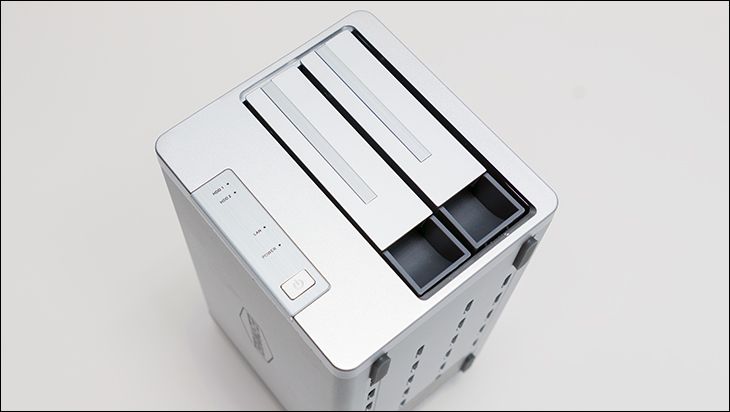Let’s start with the first of the three large and seemingly angry elephants in the room. Yes, this is a DRAM-less controller based SSD. Usually that would be just another, and polite, way of saying ‘not a great choice for OS drive duties’. Silicon Motion has indeed continued to improve upon this corner of the market… but at the end of the day there is only so much magic pixie dust you can spread over this dead-end technology. For not much more money you can get much, much more potent controllers. Thankfully, the reality is a bit different than theory. SATA is no longer synonymous with performance. The fastest SATA drive is just plain slow compared to even entry level NVMe models. So in this corner of the market… performance should not be a primary concern. You will be disappointed no matter how much you spend for a SATA SSD.
Also counteracting this perceived weakness is that in return for opting for SMI’s latest DRAM-less SATA controller Silicon Power was able to create not only a single sided 1TB M.2 M2280 drive but also one that had four NAND chips. It is indeed true that SATA drives do not stress the NAND nearly as much as NVMe models but more NAND IC’s means more surface area for cooling. This in turn means that the Silicon Power A55 does not need active cooling. It does not even need to be used in a system with great air flow. All it needs is a wee bit of air movement to keep the drive from noticeably throttling. In older small form-factor that is going to be a major selling feature.
The next seemingly large elephant in the room is that it ‘wastes’ a M.2 port via the use of a SATA and not NVMe controller. While we would be hesitant to ‘waste’ a M.2 port on a SATA M.2 drive in a modern high-performance system… the fact of the matter is that these days motherboards come with multiple M.2 ports. Placing this stick of gum sized 1TB’er into a M.2 port will result in a much cleaner, and neater final build than using a 2.5-Inch drive for secondary storage duties… and do so with zero performance impact.
To our way of thinking, neither of these ‘issues’ really matter all that much. For most, they are tempests in a teapot and should not greatly influence your final decision one way or the other. The only real issue is the asking price. A measly eight cents per Gigabyte is very good… but if you can stretch your budget even just a wee bit more you can get a much more potent NVMe SSD of similar capacities – such as the Silicon Power A60 1TB at 10 cents per GB. Silicon Power’s own A60 1TB will offer noticeably better performance for primary and secondary storage duties and will offer the exact same amount of room for games/apps/etc. It will just cost you twenty dollars (USD) more. Twenty dollars. That is all that separates a TLC SATA M2 drive from a TLC NVMe M2 drive. Thus, the real question is simple. Is eighty dollars your hard limit you are willing to spend for a new 1TB SSD? Only you can answer that question, but Silicon Power A55’s market niche is a bit on the small side to say the least.
Honestly, when you compare the pros and the cons, the Silicon Power A55 is not a terrible choice by any stretch of the imagination for its intended market niche and intended consumer. If you and your system do happen to fall into this narrow design envelope the A55 will serve you well. For everyone else, it will be less than optimal in either the performance or overall value it offers. Instead, the A60 would be a more optimal choice. Choose wisely based on your specific needs/wants/desires and go from there.
Join the Discussion on our Forum
The Review
Silicon Power A55 M.2 1TB
The Silicon Power A55 is going to be a siren call for those who fall inside its design envelope. Sadly, it is a rather small group of people who will fall inside this envelope. Instead, for most potential buyers the overall value of the A55 is going to be eclipsed by its bigger brother the A60.










